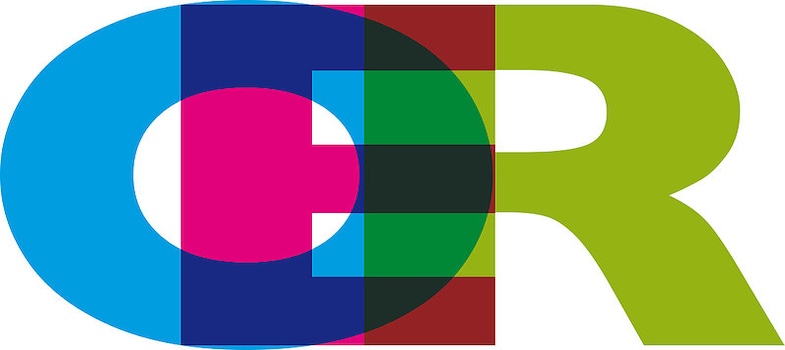3.5 Types of Creative Commons licence
Creative Commons licences are made up of multiple components, indicating how a work can be used. Any Creative Commons licence will be made up of one or more of the following components:
CC ![]() stands for Creative Commons
stands for Creative Commons
BY ![]() refers to 'Attribution' – the need to cite the creator of a work when using or reusing it.
refers to 'Attribution' – the need to cite the creator of a work when using or reusing it.
SA ![]() means 'Share Alike'. This means that any derivative of a work must be shared with the same licence as the original.
means 'Share Alike'. This means that any derivative of a work must be shared with the same licence as the original.
ND ![]() means that No Derivatives can be made from the work. It must not be adapted.
means that No Derivatives can be made from the work. It must not be adapted.
NC ![]()
![]()
![]() means ‘Non-Commercial’, and that a work must not be re-shared for commercial purposes, neither in its original form or in any adapted form. The symbol used here will depend on the country in which the licence is being used.
means ‘Non-Commercial’, and that a work must not be re-shared for commercial purposes, neither in its original form or in any adapted form. The symbol used here will depend on the country in which the licence is being used.
Public domain ![]() means that there are no restrictions at all on the use of a work, and there is no need to attribute the original creator.
means that there are no restrictions at all on the use of a work, and there is no need to attribute the original creator.
![]() Share
Share
![]() Remix
Remix
There are seven different licence types. Each licence, apart from CC0, begins with CC-BY. You can use a combination of two or three abbreviations from the selection above.
You can reuse, revise, remix, redistribute, and retain any CC-licenced resource except a work carrying the ND symbol.
- Reuse means you can use the work for your own purposes.
- Revise means editing (adapting, modifying, or translating) the content.
- Remix means incorporating the content with other content to make a new resource
- Redistribute means sharing a copy of the content in its original, revised or remixed form.
- Retain means you can keep/save the work.
Note though that if a work has ‘NC’ in the licence, you must not share it for financial gain (e.g. by selling it, or by including part of it in another resource that will be sold or for which a fee will be charged).
In the next section of the course you’ll look at the licences in more detail.
